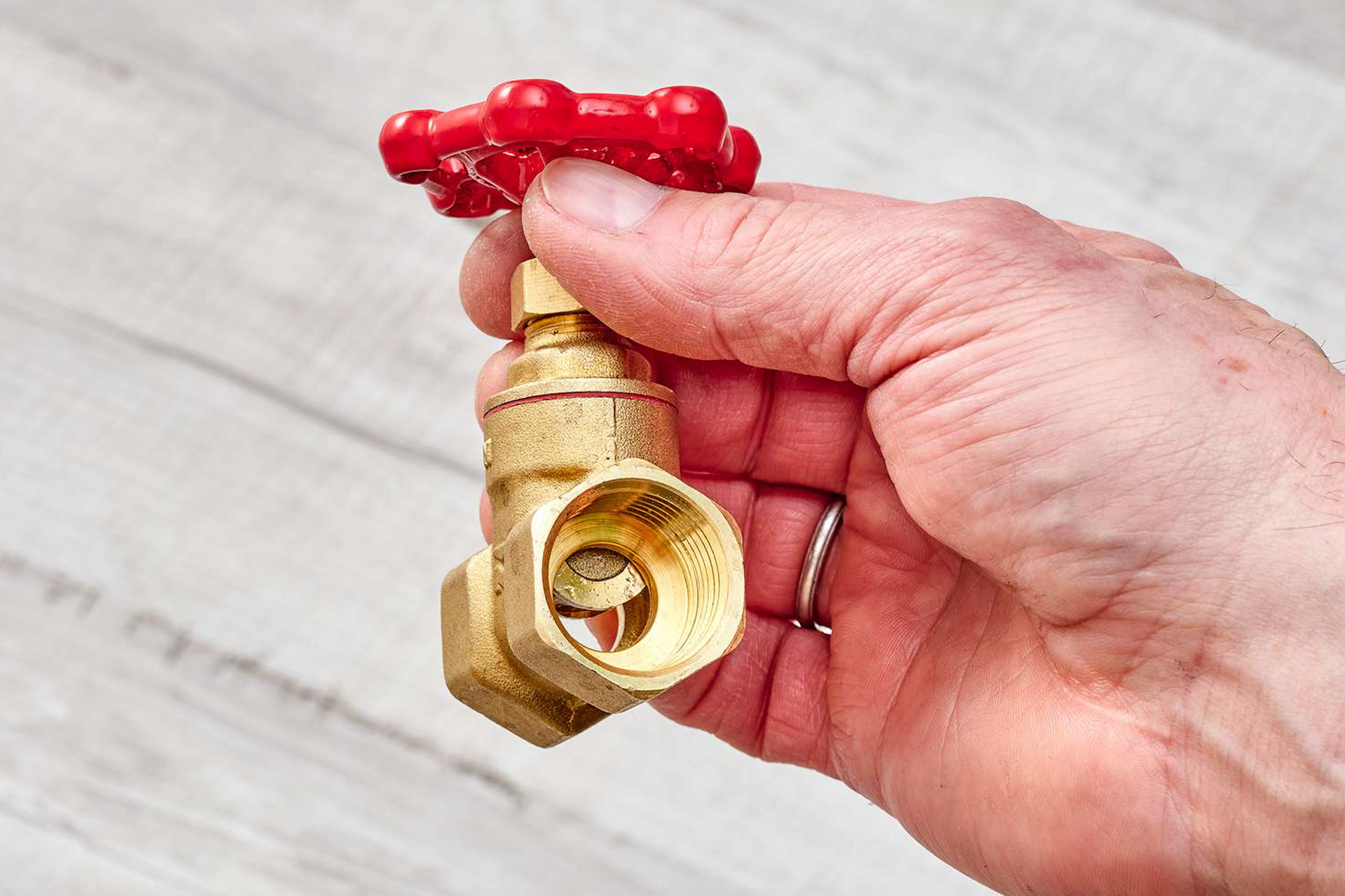The Perfect Water Heater Temperature for Your Home
A hot shower, a warm bath, or just the simple pleasure of running warm water over your hands in the middle of winter, our water heaters play an unsung role in the background of our daily routines. But are you getting the most out of your water heater?
One critical factor in optimizing its efficiency and safety is ensuring you've selected and set the right temperature. Here’s a guide from the team at Aarons Water Heaters to help you navigate this.
1. Understanding the Standard Setting
Most water heaters come preset at 140°F (60°C). While this temperature ensures the eradication of harmful bacteria like Legionella, it might be hotter than necessary for most homes.
2. The Recommended Temperature
The U.S. Department of Energy recommends setting your water heater to 120°F (49°C). Here’s why:
- Safety: At 140°F, water takes only five seconds to cause third-degree burns. Lowering it to 120°F increases the reaction time, reducing the risk of severe burns, especially in households with children or elderly residents.
- Energy Savings: For every 10°F reduction in water temperature, homeowners can save between 3%-5% on energy costs.
- Prolonging Heater Life: Lower temperatures reduce the risk of mineral buildup and corrosion, prolonging the water heater’s life.
3. Adjusting to Your Needs
While 120°F is a solid recommendation for most households, you might need to adjust based on specific needs:
- High Demand: Larger families or homes with whirlpool tubs might require higher settings to ensure there’s enough hot water for everyone.
- Medical Needs: If someone in your household has a suppressed immune system, you might consider maintaining the 140°F setting to ensure all harmful bacteria are eliminated.
- Dishwashers: Older dishwasher models might need a higher water temperature for optimal cleaning. Check your appliance's manual.
4. How to Adjust the Temperature
Here’s a general guideline:
- Turn Off Power: For electric heaters, switch off the circuit breaker. For gas heaters, turn the thermostat to the “pilot” setting.
- Locate the Thermostat: On electric heaters, you might find two thermostats, one at the top and one at the bottom. Gas heaters typically have a dial at the bottom.
- Adjust the Temperature: Use a screwdriver for electric heaters. Adjust both thermostats to the same temperature. For gas heaters, simply rotate the dial.
- Restore Power: Turn the circuit breaker back on for electric heaters or set the dial away from the “pilot” setting for gas heaters.
5. Regular Monitoring
Remember, as with any household equipment, regular monitoring is key:
- Test the Temperature: Use a cooking thermometer. Let hot water run for a few minutes, then fill a glass and record the temperature.
- Annual Checkup: It's always a good idea to get your water heater inspected annually. This ensures optimal performance and safety.
Conclusion
Selecting and setting the right temperature for your water heater is not just about comfort but also safety, energy efficiency, and longevity of the appliance. With a balanced approach, you can ensure your water heater serves you efficiently for years to come.
If you have any questions or need expert advice on setting the right temperature, the team at Aarons Water Heaters is here to help. Your comfort and safety are our priority!
You might also like



